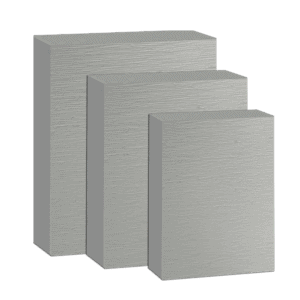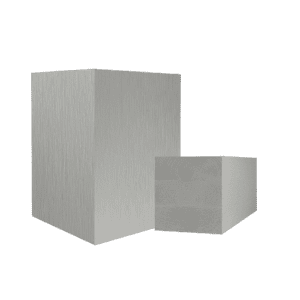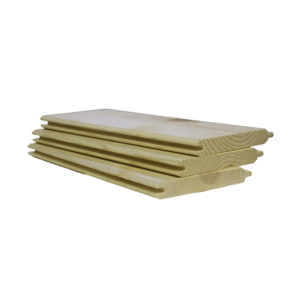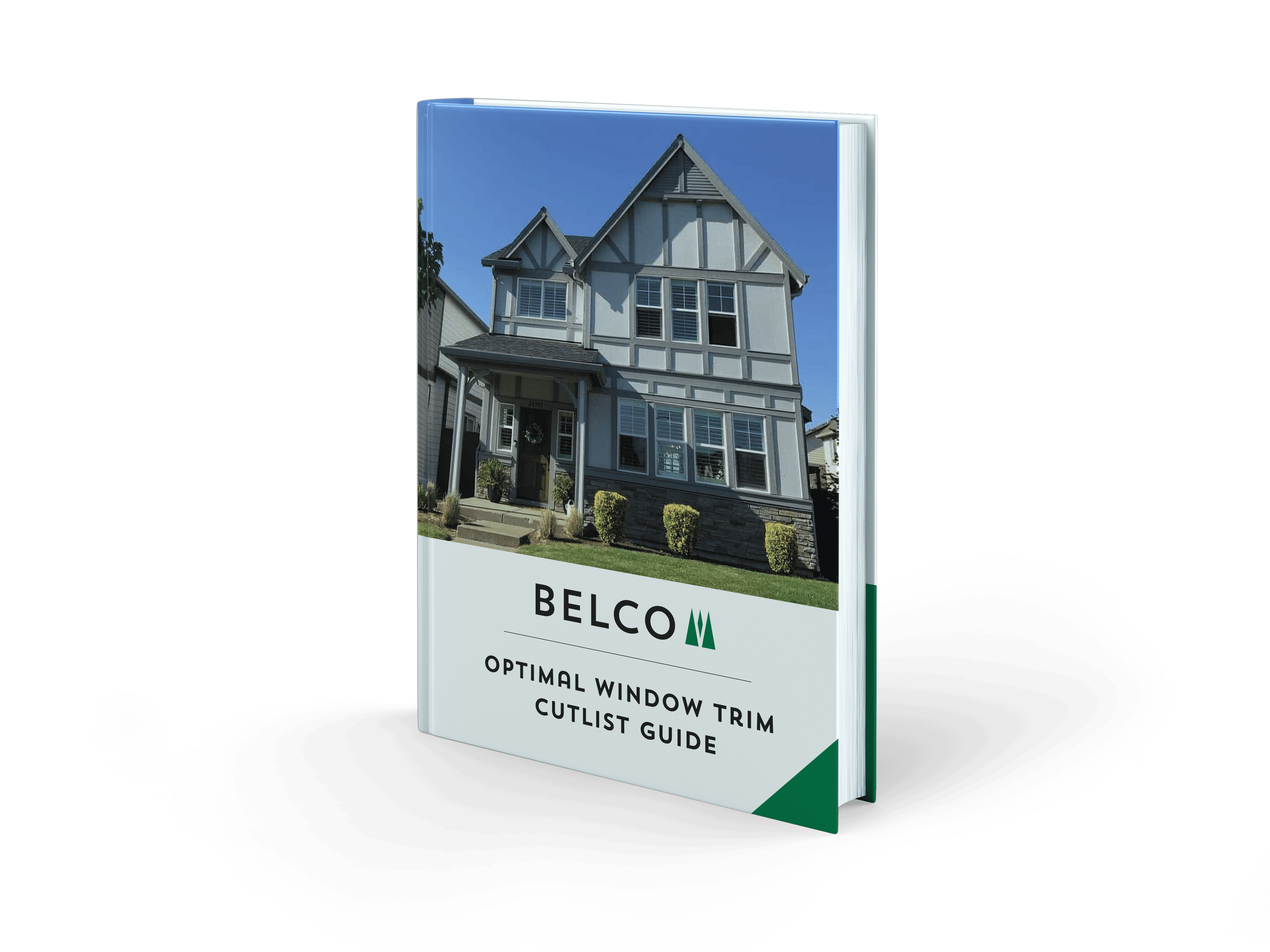Wood is a beautiful, natural material that can last for years when it’s properly cared for and maintained. In fact, it’s not uncommon to find structures more than 100 years old that still have their original wood siding or interiors.
The key to helping wood last as long as possible is protecting it from things that can lead to its decay such as moisture and insect activity. While a few wood species, like Western Red Cedar, are naturally resistant to rot, most wood types need some type of protection against moisture to help prevent long-term problems.
There are many ways to make wood moisture-resistant, from chemical preservatives to better installation practices. Understanding the different methods available can help you make better decisions about the wood you’re installing.
Best Installation Practices
Managing moisture resistance on wood products means managing it for the whole house at once as a system. Moisture intrusion issues can be detrimental to homes, leading to mold, mildew, and wood rot. It is important to start with proper product installation.
This means making sure that you’re following the recommendations by material manufacturers from the start. Make sure that every butt joint on an exterior siding installation is flashed, rather than caulked as caulk can fail over time, while flashing helps provide ongoing protection.
Caulk should be used wherever siding and trim meet one another, with a long lasting caulk such as silicone, acrylic latex, or a solvent-based caulk. Drip Cap flashing should also be used above all windows and doors along with effective water management installation below windows and doors.
Make sure that any materials that are susceptible to moisture are installed 6 – 8 inches off the ground to avoid issues that come with continued moisture contact from rain, rain splash, and landscape care. Additionally, maintaining a 1 inch minimum gap for materials installed above concrete or stone walkways, decks or patio surfaces.
Material Treatment
In addition to installation practices, some wood products manufacturers are adding factory applied value added features to create more moisture resistant, longer lasting wood products. Most wood products will require a top coat painting after installation to further protect from moisture-related issues and provide a clean, finished appearance.
Wood on its own isn’t particularly moisture resistant. Even cedar will have issues over time if exposed to enough moisture. So most wood products must be protected in one of several ways to help it resist rot and other moisture related issues.
Preservative-treated wood is one option that can help keep moisture problems to a minimum in residential construction. There are several types of preservation methods for wood, including pressure treating and surface preservative treatments.
In the pressure treatment process, the wood is first loaded into a long, wide cylinder. Next the cylinder is flooded with a treatment chemical followed by cycles of immense pressure and vacuum that forces the preservative deep into the wood fibers. This chemical infusion process helps the wood fiber to resist many of the issues that can come from moisture exposure over time, but it doesn’t always leave the wood looking its best for finished appearance. In addition, many pressure-treated processes contain chemicals may be considered toxic and may have issues when coming into contact with the ground and seeping into groundwater.
For trim and exterior millwork, it’s possible to use a surface preservative treatment instead. Surface preservatives use a liquid, preservative treatment solution employing a surface spray process. The suspended preservative treatment chemicals are drawn into the wood through absorption of the liquid solution rather than forced in via pressure. Surface treatments can be made with non-metallic preservatives, which can be a safer alternative, as they are less toxic.
Protecting Raw Wood for Moisture Resistance
There are three different methods for helping to protect wood from moisture. The first involves hand rubbing linseed or tung oil into the wood. The oil is absorbed into the wood, giving it a luster and deeper color for appearance, while also helping to prevent moisture from penetrating. This process is labor intensive and generally used for small areas, but can produce beautiful and long-lasting finishes.
The wood can also be sealed using polyurethane, varnish, or lacquer to help create a film forming barrier against moisture penetrating the wood. Depending on the type of sealant used and the climate, it may need to be periodically reapplied as the UV rays from the sun may cause the sealant to break down over time. Film forming moisture barriers also have the effect of preventing moisture from escaping when it already is inside the wood product. This situation can actually accelerate the fiber deterioration by rotting.
Wood can also be sealed and finished at the same time using a stain/sealant combination. This can change the appearance of the wood, giving it a different or deeper color while also sealing it and protecting it from moisture. This finish is also susceptible to issues caused by the sun’s rays and will need to be periodically reapplied to help protect the wood from moisture problems in the long-term.
Benefits of Using Moisture-Resistant Wood Products
There are benefits to using wood that has been preservative treated to help resist the effects of moisture intrusion. One basic benefit is the resistant effect of the wood fiber to rot when the inevitable arrival of occasional moisture occurs. Preservative-treated wood products when used for trim and exterior millwork can last longer with less maintenance than non-preservative treated products. They can be factory primed, ready for installation and top coat paint finishing. Thereby requiring less effort, planning, labor by your team and finishing your project faster all while saving money too.
Make Sure Your Installations Are Moisture-Resistant
Moisture intrusion can be the enemy for many projects and wood product installations. Make sure you’re taking the right steps by using materials that are preservative treated against moisture and rot, and using best practices for installation to help ensure that your projects are as long-lasting as possible.
For more information about the best moisture-resistant wood products, contact Belco Forest Products to speak with an expert.












